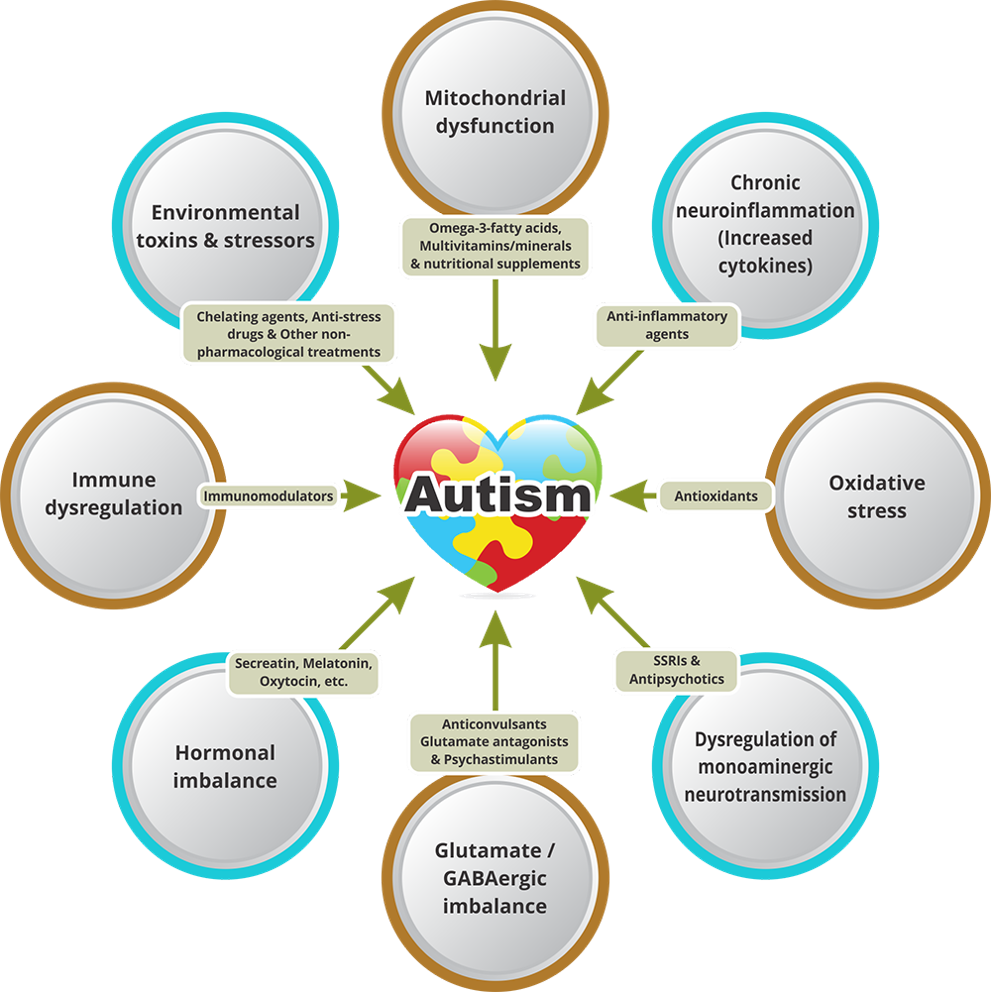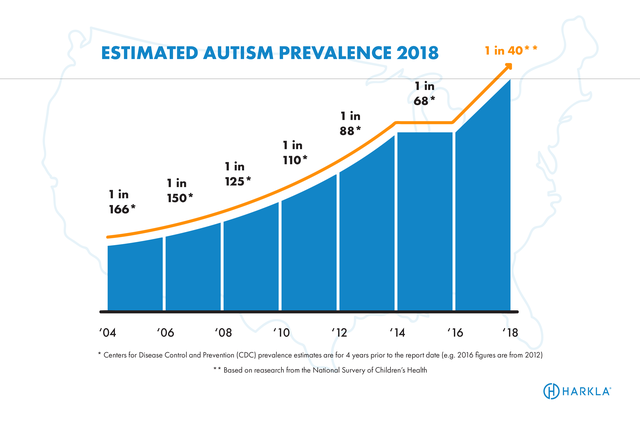What Are The Behavior Attributes Of Children With Autism
Genetic impacts play a considerable role, contributing to 60 to 90% of the danger for developing autism. Specific hereditary problems, such as Rett syndrome and delicate X disorder, are understood to increase autism threat. Usage words, video, modeling, method (rehearsal), and social stories to instruct the child exactly how to act in church or at a performance; how to react politely to grandparents; or just how to interact at a birthday celebration party. For older youngsters with "high achieving" kinds of autism, they may end up being fixated on a certain subject-- something like the weather or a baseball team, Pandey says.
Physiology And Psychosocial Functioning In Autism: Examining The Special Function Of The Autonomic Nerves
- These kids may participate in behaviors like enhancing quantity, talking loudly, or exploring their setting through touch because of hyposensitivity.For instance, an infant that used to squeal or make nonsense sounds may stop as he gets older.About 86% of all kids who met either the previous or new case interpretation met both instance meanings.
Social partnerships and interactions can be specifically challenging for people with ASD. Making and preserving relationships, navigating enchanting connections, or perhaps participating in little talk can seem like browsing a minefield. However with understanding and support, many individuals with ASD create significant connections and connections. An additional misconception about habits is that it is part of a child's personality and diagnosis, and for that reason can't be changed.


And due to the fact that communication skills aren't constantly solid in kids with autism, figuring out these triggers may take a bit more deal with your part. Yet all can be autistic attributes, and, in many cases, result from sensory, communication, or behavioral obstacles that are common for autistic individuals. Autism Spectrum Disorder is a long-lasting problem that might influence a person's capacity to socially communicate with others and the requirement to comply with limited and/or repeated patterns of habits, rate of interests, or tasks. Environmental triggers and stressors can have an extensive effect Autism Comorbidities on ASD habits.
Repetitive Motions
Restorative techniques for managing autistic habits are diverse and need to be customized per person's demands. Behavior modification for autism can be extremely reliable, particularly when begun early. This could include Applied Actions Evaluation (ABA), cognitive-behavioral therapy, or social skills training. It is essential to method treatment with respect for the individual's freedom and neurodiversity, concentrating on abilities that improve quality of life rather than attempting to "normalize" behavior. Asperger's disorder, once considered a separate diagnosis, is now part of the wider autism range.
Embellished plans, such as Habits Support Plans (BSP), are vital for supporting youngsters with autism in school atmospheres. These plans especially target the distinct challenges encountered by these children, consisting of issues like aggression, self-injury, and noncompliance. By placing focus on recognizing actions as communication, educators can much better reply to individual demands, eventually improving the overall lifestyle Autism in Literature & Fiction for children with autism. Various therapies and customized support strategies play a crucial duty in intervention success. For instance, Habits Treatment Plans (BIPs) are produced based on Functional Behavioral Evaluations (FBAs), which identify the reasons behind certain behaviors. BIPs outline explicit strategies for positive support and habits management. Caregivers and educators can carry out Favorable Behavior Support (PBS) concepts, which concentrate on enhancing a kid's knowing and communication abilities while appreciating their special obstacles. Recognizing these interaction obstacles can provide a far better understanding into the behavior features of a child with autism. With this understanding, parents, teachers, and specialists can establish techniques and treatments that best sustain the child's interaction needs.